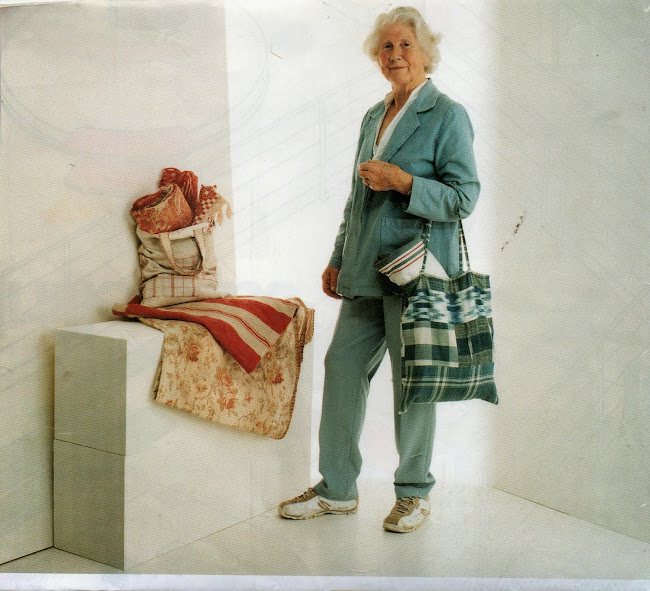Good points deserve better prices:
Perfect or almost unused condition.
Very fine linen lawn, even and white with no faults.
Really large sizes. Anything over 7' wide is good and anything over 9' long is exceptionally long. Old
French beds were usually only 4' wide and the sheets were not tucked in but hung down the sides.
Best handwork on top border including Richelieu, ladder stitch and other drawn thread work, and other
hand- made lace in perfect condition. Retours are the continuation of the main border pattern, worked a short length down the sides of the sheet - always a sign of good quality bed linen.
Distinguish between slightly uneven home-made family needlework and the professional evenly worked
designs. The latter will stand up to laundering much the best. Perfectly shaped large elaborate initials, often infilled with French knots (skilled work).
Crowns and coats of arms (usually worked perfectly in the convents by the nuns) on extra large finest
lawn linen, rare to find and commanding very high prices, they are fragile, need careful hand-washing and
often only suitable for display rather than daily use.
 |
| Extra large fine linen sheet with hand-made lace and good initials in a pretty frame |
Metis in soft shades of beige is a bastard mix of linen/cotton, useful but not valuable like pure linen.
Sheets that have been turned side-to-middle, where the small initials (about 1" high) are one side of central
seam Those that have large initials, one each side of central seam are o.k. but you should always check
side seams and the long central 19c. seam for gaps in stitching and worn or frayed bits. Central seams that
are oversewn with strong thread with a whipping stitch can make a ridge that is not so comfortable to
sleep on - best central seams are stitched very finely edge to edge.
Hemp sheets that are very loosely woven and will stretch and sag with machine washing.
Frayed edges denote heavy wear, also torn centre seam. Pin holes in finer linen where sheet has been
folded and pressed too often. Avoid patches, darns and stains.
Sometimes there is a rent or tear where a metal spring from the bed has pierced the sheet, if the rest is in
good order, it can be worth repairing the rent with a neat patch.
Cloudy colour usually means that the sheet was very stained and bleach has been used.
Elsewhere I have recommended products for cleaning and removing stains such as ironmould, etc.See Blog Clean Sweep.


I have so enjoyed reading your blogs especially the recent ones.
ReplyDeleteI live in Brittany and have been collecting as much as I can of linen and other old textiles sine we came here 8 years ago.
Thank you so much for sharing your knowledge.
Diane.